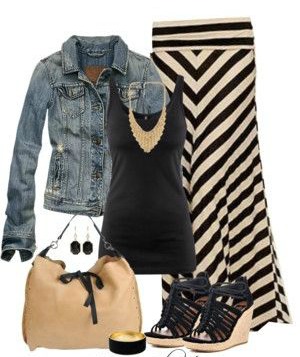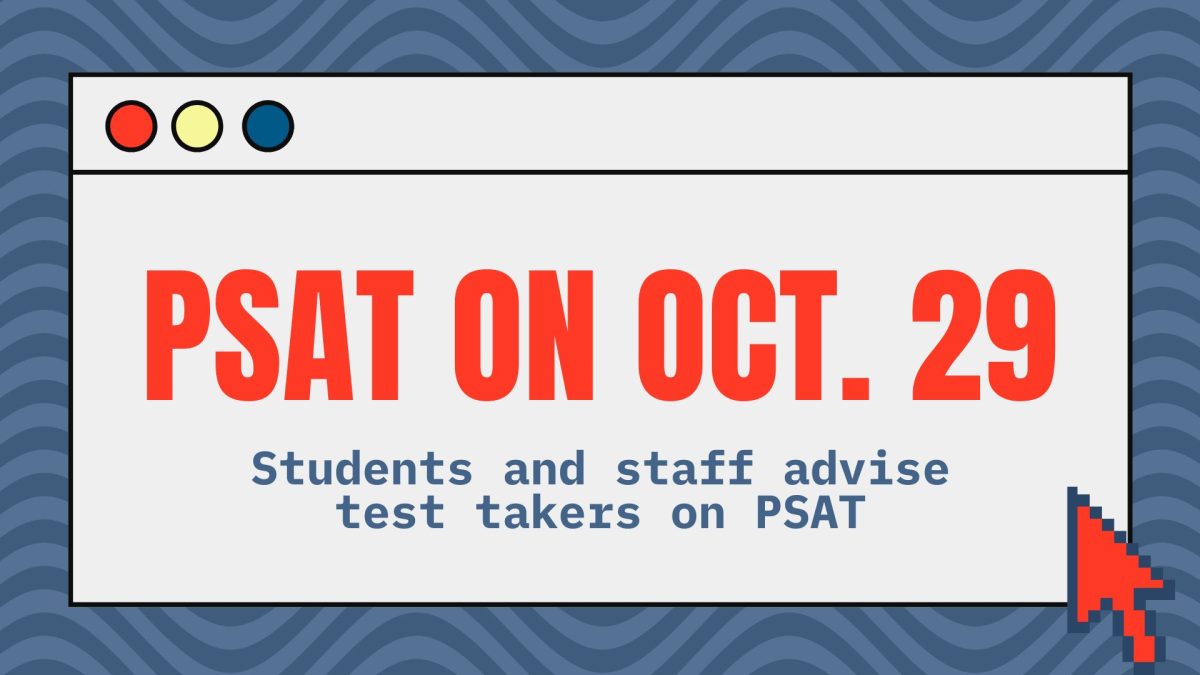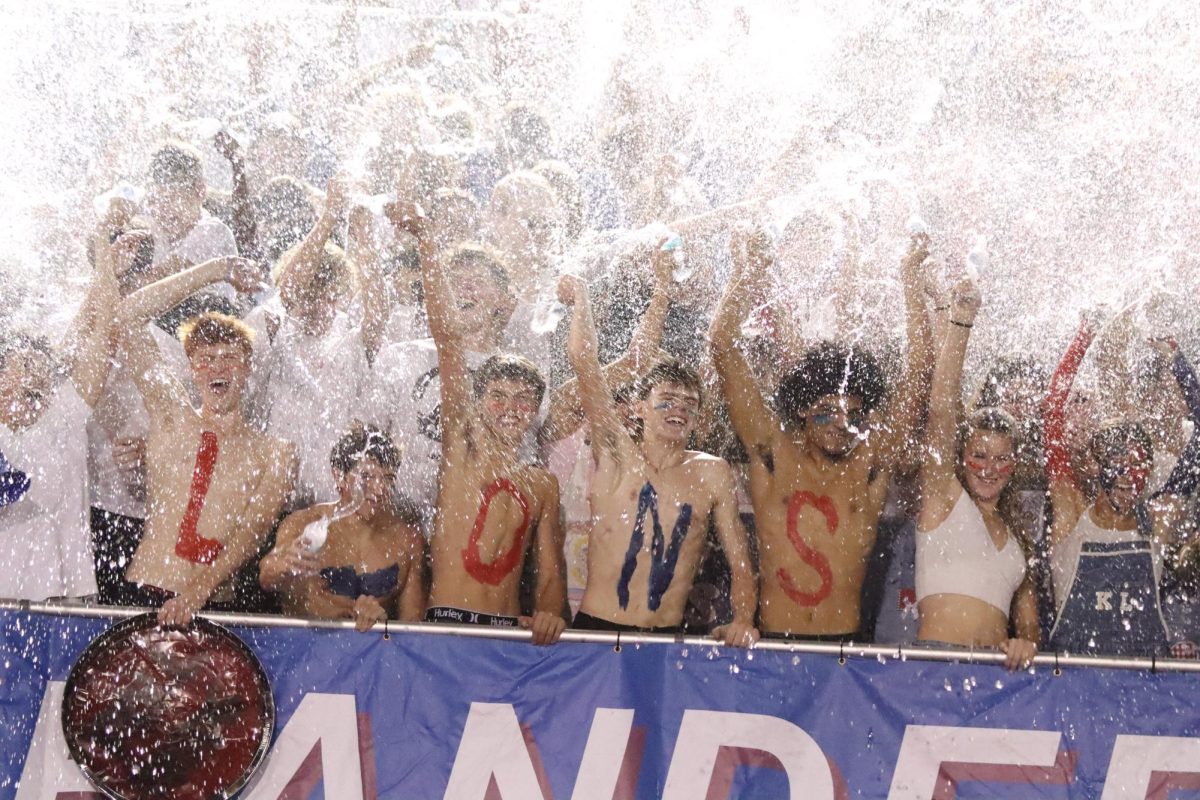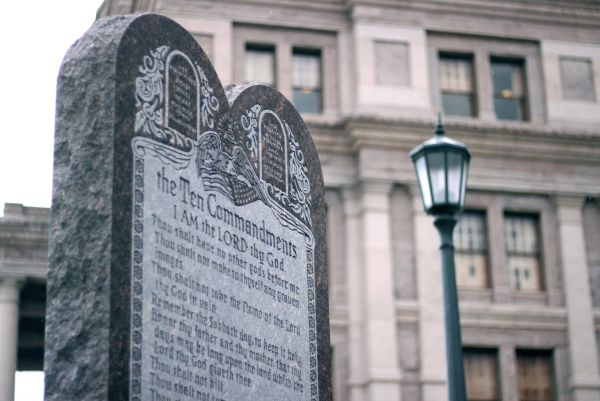Dress Code Presentation needs a New Look
Presentation of the dress code rules needs updating, balance
These are some stylish alternatives that meet the dress code. This dress is longer than the required length and still cute, fresh and in line with trends.
September 22, 2014
If a churchchgoer attended services dressed in a bikini, she would be met with raised eyebrows and curious glances. That’s because there is an unspoken dress code when one enters a house of worship. It’s the same with office buildings and professional settings. And it’s the same with school. Nearly every place requires a dress code, whether it’s unspoken or strictly enforced.
Dress codes exist beyond high school, and unlike high school, the freedom to complain doesn’t exist in the real world. At most jobs, the dress code is followed or consequences follow. Most students argue they want to be treated like adults, but they often don’t acknowledge what being an adult really means.
Consider the adults at school, the faculty and teachers; they don’t come to class with their undergarments hanging out. Teachers are required to dress professionally to be better suited for their work, and they do it. It would be uncomfortable or distracting to listen to a teacher who was wearing short shorts or a crop top. Now, flip the roles and consider their viewpoint when a student is out of dress code in a way that distracts others.
With that said, the way the dress code is presented could be better and more on point with trends. The administration sticks to getting the point across as efficiently as possible, without considering the fact that teenagers are very conscious of the way they present themselves. To remedy this, they could examine student viewpoints when it comes to offering alternatives for the dress code. This way, the student body could at least be a part of the process and not feel like the dress code is being forced upon them.
One suggestion is to update the current photos used in the dress code presentation. One slide on the presentation points out that girls can wear spaghetti strap shirts by wearing a t-shirt under them. Since this is certainly no longer in fashion, the slide could be updated to show cardigans or jean jackets as alternatives to keep spaghetti straps covered. There would be fewer laughs and more realization that we probably have those types of clothes in our closets anyway.
Also, when it comes to getting in trouble for being out of dress code, girls often feel more targeted than boys. The administration could fix that problem by leveling the presentation time for boys and girls. That way girls wouldn’t feel like they were being made uncomfortable.
Students must realize the dress code won’t just go away. It’s put into practice to make a learning environment more productive. If each side could listen without resistance, maybe a compromise could be met. Below are some outfits for both guys and girls that meet the standard for the dress code, follow current trends and are alternative images that could be used in presenting the dress code powerpoint everyone watches in the first weeks of school.














